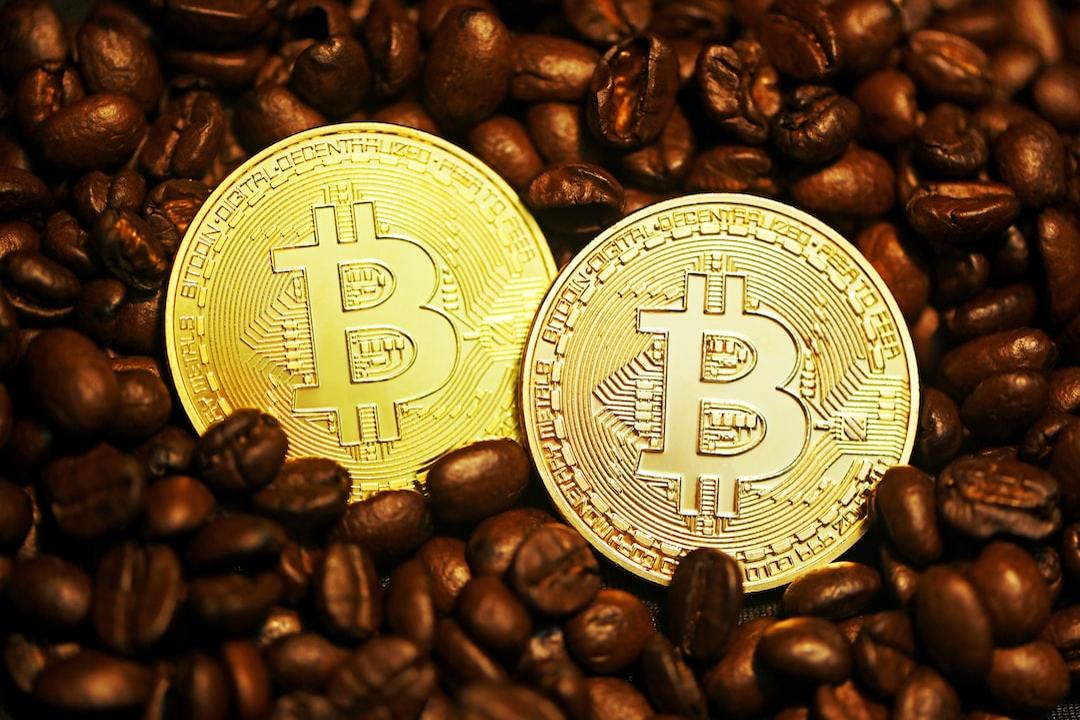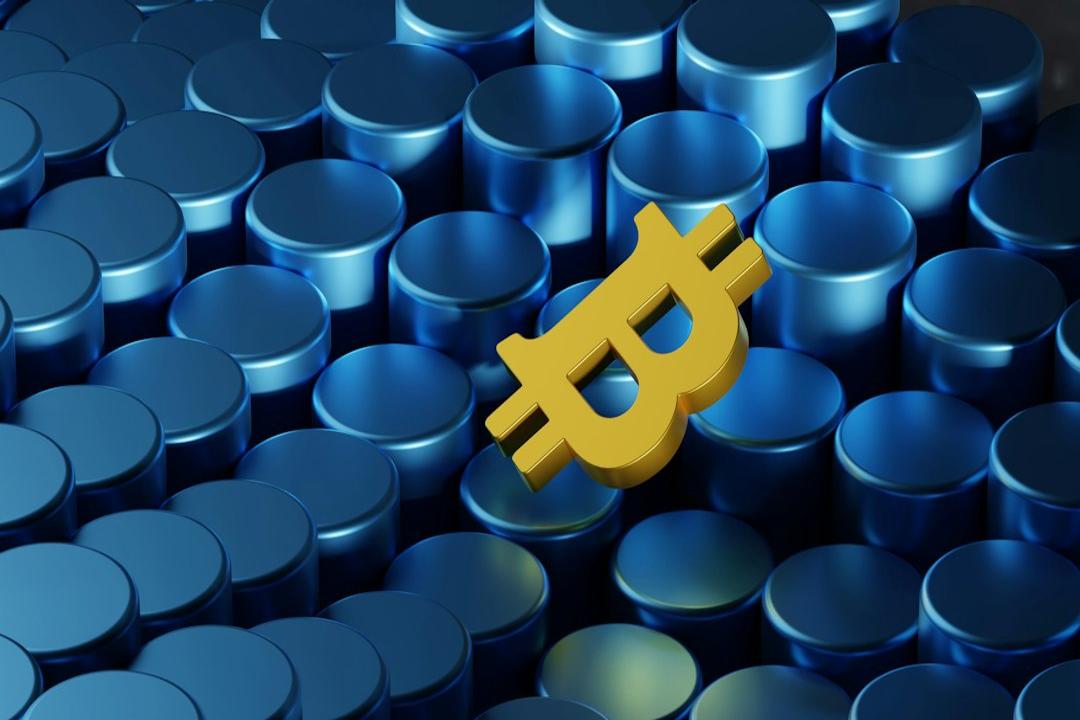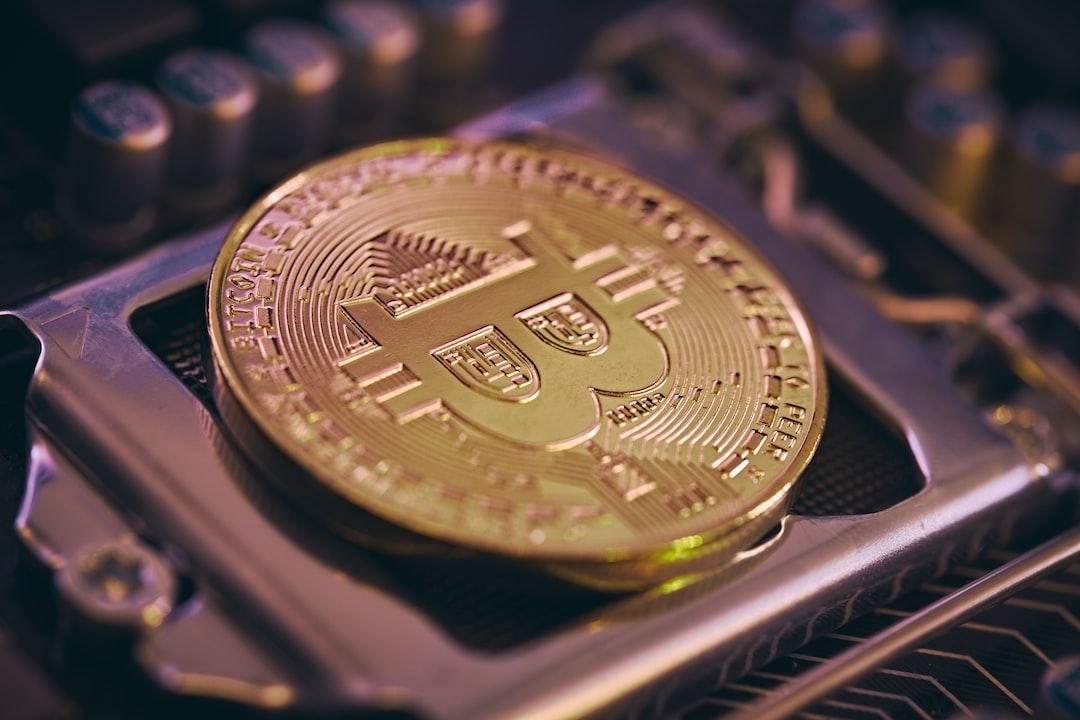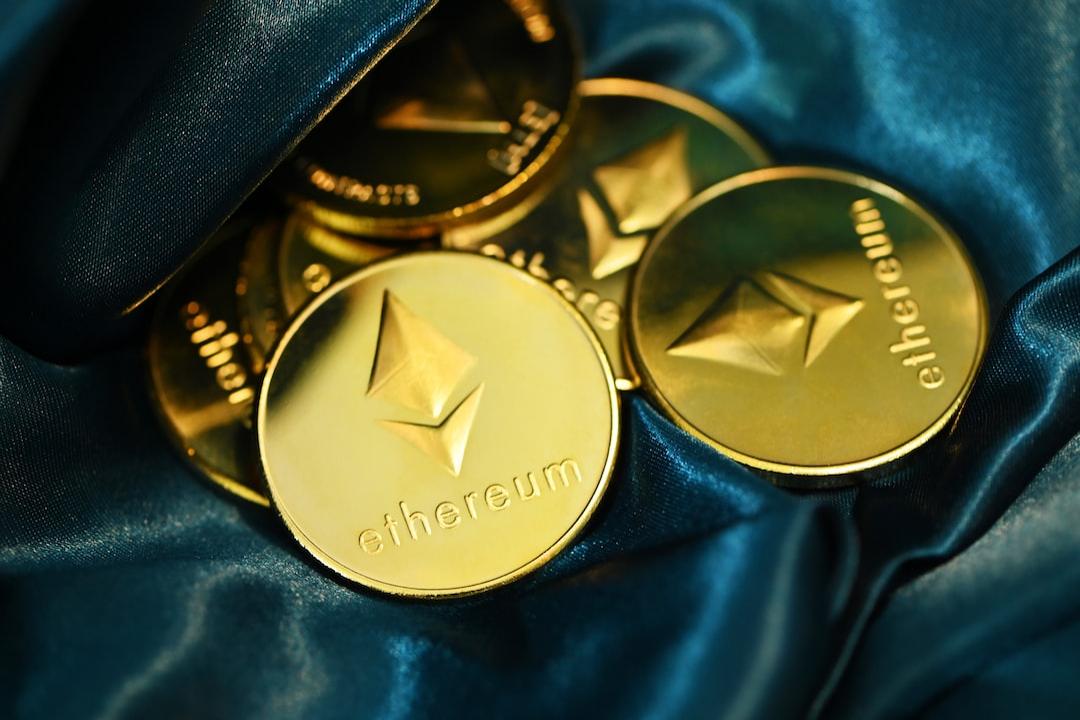**Solana Officially Promotes Time.fun**
On February 24, the time tokenization platform Time.fun officially launched on Solana, and the Solana official team quickly provided strong support. Even Toly, the co-founder of Solana, mentioned it in a tweet, ensuring significant market exposure.
This move is not only a vigorous response to the liquidity drain caused by Pump.fun but also represents another exploration for growth after the Solana ecosystem was severely impacted by the chaos involving celebrity token launches.
**Pump.fun Intends to “Flip the Table,” Escalating the Solana Ecosystem Crisis**
Following scandals involving celebrity coins such as Libra, the liquidity on Solana rapidly drained, and market sentiment remained subdued. As the traffic engine of the Solana ecosystem in this cycle and an on-chain “money printer,” the current situation has made it difficult for the Pump.fun protocol to sustain liquidity. Multiple factors, including rumors of self-built AMM, token issuance, continuous token sell-offs, and uncertainties related to regulatory lawsuits, have also caused “dissatisfaction” from Solana officials.
In January of this year, Pump.fun’s business continued to grow but unfortunately faced a lawsuit. According to a report by Bloomberg Law at the time, Pump.fun was hit with a class-action lawsuit, accused of violating U.S. securities laws by marketing and issuing unregistered, highly volatile meme coins, which exposed investors to significant financial risks, and charging nearly $500 million in fees.
The lawsuit has been filed in the Southern District of New York, with the plaintiffs describing it as a “new evolution of a Ponzi scheme and pump-and-dump.”
Shortly thereafter, two U.S. law firms, Burwick Law and Wolf Popper, also sued Pump.fun, demanding that the platform remove tokens using its intellectual property, citing unauthorized use of intellectual property (including its logo and name).
Worse still, as the MEME trend “cooled off,” Pump.fun, being the first to bear the brunt of this impact, saw its graduation rate and trading volume plummet, further affecting the overall activity level of the Solana ecosystem.

Data from The Block shows that as of February 24, Pump.fun’s token graduation rate transferring to Raydium was only 0.96%, a drop of 54.7% from its historical peak of 2.12%. Meanwhile, on-chain transactions for Pump.fun also significantly decreased, with average daily trading volume falling from a peak of $3.13 billion in January to $190 million as of February 24, a staggering decline of 93.9%. In terms of protocol fee revenue, DefiLlama data indicates that as of February 25, Pump.fun’s revenue was $2.45 million, down nearly 84.1% from its historical peak of $15.38 million on January 25.

The substantial decline in business forced Pump.fun to explore additional products. However, some of these initiatives pose a heavy blow to the already struggling Solana ecosystem. Earlier this month, crypto KOL Hebi ([@hebi555](https://twitter.com/hebi555)) disclosed on X that Pump.fun plans to adopt a Dutch auction model for public offerings on multiple centralized exchanges (CEXs).
Although Pump.fun co-founder Alon denied the rumor and claimed that news about potential tokens was untrue, this response was questioned by many industry insiders. For instance, Wu Said Blockchain publicly pointed out that Alon was lying, and several publicly listed companies from CEXs confirmed Pump.fun’s token issuance plan, stating they could publicly share the relevant preparatory documents once permission was granted.
If Pump.fun eventually issues tokens, it will undoubtedly have a massive impact on the Solana market, especially given the already tight liquidity situation, which is likely to lead to a greater outflow of capital. Moreover, Pump.fun has generated considerable income through trading fees, even ranking as the 10th largest ** company globally in 2024 with an annual revenue of $1 billion.
According to Onchain Lens monitoring, Pump.fun has accumulated approximately 2.99 million SOL, with a current market value of about $431 million, and its ongoing cash-out activities have also exerted significant selling pressure on the SOL token.
What is more concerning is that Pump.fun recently intends to “flip the table.” On February 24, market rumors suggested that Pump.fun is internally testing a self-developed AMM (automated market maker) liquidity pool, with the community speculating that it may launch its own swap platform to replace third-party providers like Raydium, aimed at extracting more trading fees. This action is generally perceived by the community as overly greedy.
If this news proves true, it would undoubtedly strike a heavy blow to DEXs on Solana, as Raydium and Jupiter have absorbed significant liquidity from Pump.fun, and these DEXs are also liquidity hubs within the Solana ecosystem. To make matters worse, platforms like Raydium and Jupiter have also been implicated in the Libra insider token scandal.
Upon the release of this news, CoinGecko data shows that since the AMM news broke, the price of Raydium’s token RAY has already plummeted by 40.9%, although the overall market decline has also played a role in this drop.
Regarding the potential complete abandonment of Raydium by Pump.fun, InfraRAY, a core contributor at Raydium, responded that this is a “strategic miscalculation,” questioning whether Pump.fun can replicate its existing success. He also pointed out that if Pump.fun shifts to a new AMM, it may face multiple risks, including inadequate infrastructure, low demand for token migration, and insufficient trading volume in the initial launch period.
It is worth noting that the Solana Foundation invested in Raydium and Jupiter in October 2020 and March 2021, respectively. Pump.fun’s “going solo” move undoubtedly touches on the interests of the Solana Foundation, and this series of actions brings even greater uncertainty to the Solana ecosystem.
“Those who disrupt the market for maximum profit extraction ** will reap what they sow. But those who build quality products, charge transparent fees, and compete for users are doing great. Their revenue should serve as motivation for you to compete and capture their market share,” the latest tweet from Toly has also been interpreted by the community as criticism of Pump.fun.
**Backed by MEME Core, Time.fun Gains Strong Support from Solana Officials**
As one of the key drivers for Solana’s comeback, MEME has become a new product that Solana officials have begun to openly support after the betrayal from Pump.fun.
As a product also originating from AllianceDAO, Time.fun is a time tokenization platform similar to the previously popular Friend.tech, allowing creators to tokenize time and sell it as tradable tokens. Initially, the product was based on the Base network but announced in November 2024 that it would migrate to Solana. At that time, Time.fun co-founder 0xKawz stated:
“In the past year, Solana has achieved significant leadership in many aspects. In contrast, the Ethereum ecosystem feels exhausting, often too focused on technology and appearing arrogant. The atmosphere in Ethereum is like a group of aloof philosophers. If Ethereum does not address its cultural issues, Solana will gradually dominate as more developers like Time.fun choose to migrate.”
On February 24 of this year, after officially migrating to the Solana network, Time.fun publicly promoted a MEME token named “Toly’s Minutes” on X.
The tweet received a reply from Toly himself, who also stated that time is fun, and business communication is his favorite use case for cryptocurrency. This remark temporarily boosted the market value of the Toly token.
Subsequently, Toly continued to release over ten tweets regarding Time.fun, demonstrating clear support. In addition to Toly, Solana co-founder Raj Gokal and Helius CEO Mert Mumtaz, among others, also participated in promoting Time.fun.
For Solana, Time.fun and Pump.fun share similar gameplay, both possessing a MEME core, and support for this product may continue this trend. At the same time, Time.fun adopts a celebrity token issuance model with verification mechanisms, which somewhat mitigates the rug-pull risks commonly seen in previous celebrity MEME coin chaos.
According to The Block, Time.fun founder Kawz stated that in the future, they would consider issuing the platform’s own token. If other platforms are built on time tokenization, then a platform-based token could connect them all. However, Kawz also admitted that it is still too early to discuss a Time.fun token, as the platform must first find product-market fit, and its key goal is to ensure that time tokenization is composable for use on other platforms built on Time.fun.
He noted that Time.fun’s true long-term goal is to create a new asset class that allows people to own others’ time, trade it, and use it for various products and services.
**Ecosystem Faces Decline, but Multiple Key Indicators Remain Strong**
Recently, the Solana ecosystem has faced numerous challenges, with constant market FUD.
On one hand, the market value of MEME on Solana has been halved following the cooling down. CoinGecko data shows that as of February 26, the market value of MEME on Solana was $8.64 billion, down from nearly $15 billion at its highest in January.

At the same time, the massive unlocking of SOL tokens is also bringing liquidity pressure. A total of 11.2 million SOL will be unlocked for circulation on March 1, representing the largest token unlock in history (valued at $2 billion).
According to crypto analyst Artchick.eth, over the next three months, more than 15 million SOL (approximately $2.5 billion) will enter circulation, most of which were purchased by institutions such as Galaxy Digital, Pantera Capital, and Figure through FTX auctions at $64 per SOL, with several VCs still enjoying substantial profits.
Trader RunnerXBT pointed out that Galaxy Digital, Pantera, and Figure hold unrealized profits of $3 billion, $1 billion, and $150 million in SOL, respectively. The market speculates that these institutions may sell their holdings, and the recent endorsement of the MEME coin LIBRA by Argentine President Milei has intensified market panic.

Data also clearly reflects the pressure facing the Solana ecosystem. According to Artemis data, as of February 24, the number of daily active addresses on Solana was 5.3 million, a decline of over 34.5% from this year’s peak; daily trading volume also significantly dropped from a high of $27.7 billion to just $10.5 billion, a decrease of 62.1%.
Among these, the decline in DEX trading volume is particularly notable. Although it still ranks second among all chains, it has dropped by 89.9% compared to January’s peak. Additionally, the price of the SOL token has decreased by 46.2% from this year’s peak of $262.6.

These data points indicate a significant decline in the activity and market enthusiasm of the Solana ecosystem. However, Solana continues to perform exceptionally well in many key indicators. According to Artemis data, as of February 24, Solana ranked first with 5.3 million daily active addresses, surpassing Ethereum, NEAR, SUI, and Aptos.
In terms of transaction counts, Solana’s daily transaction volume leads the pack with 56.5 million, while other chains are only in the millions or even less. In terms of Total Value Locked (TVL), Solana’s TVL reached $7.3 billion, second only to Ethereum and surpassing Sui, Avalanche, and Aptos.
Moreover, Solana has several potential positives, such as expectations for SOL spot ETF applications and the opening of the Solana inflation model amendment proposal SIMD-0228, which could inject more confidence and liquidity into Solana.

